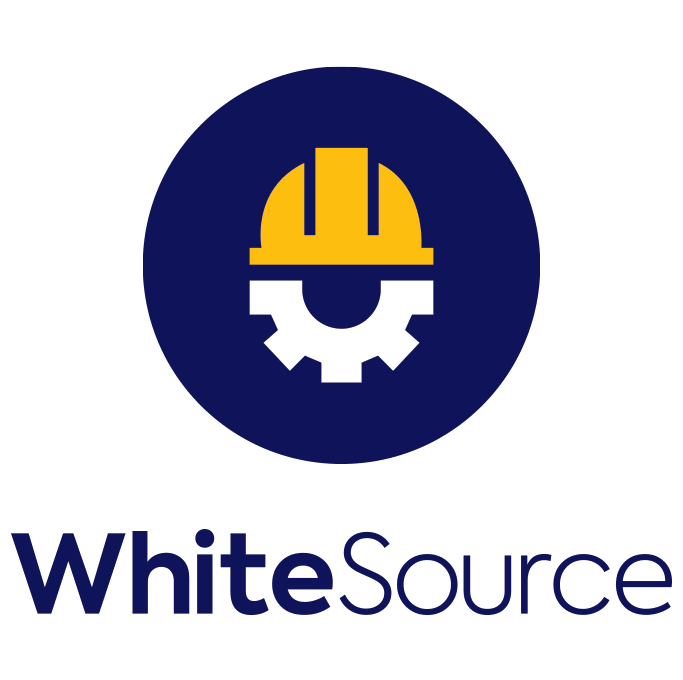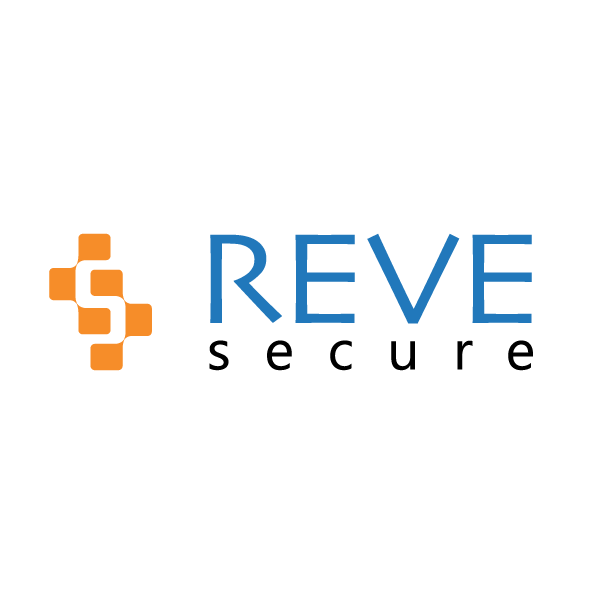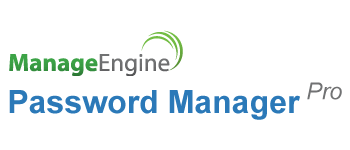Description

WhiteSource

REVE Secure
Comprehensive Overview: WhiteSource vs REVE Secure
Overview of WhiteSource (now known as Mend) and REVE Secure
WhiteSource (Mend)
a) Primary Functions and Target Markets: WhiteSource, recently rebranded as Mend, is a Software Composition Analysis (SCA) tool. Its primary function is to help organizations manage their open-source components by providing automated tools for tracking, securing, and managing open-source licenses and vulnerabilities in their software projects. WhiteSource scans codebases to identify open-source components, detects and alerts about vulnerabilities, and provides suggestions for remediation.
Target Markets:
- Large enterprises with extensive use of open-source software.
- DevOps teams looking to integrate continuous security into their CI/CD pipelines.
- Industries with high regulatory and compliance requirements, such as financial services, healthcare, and government sectors.
b) Market Share and User Base: WhiteSource is a recognized leader in the SCA space, competing with other major players like Snyk and Black Duck. Its emphasis on open-source compliance and vulnerability management gives it a significant foothold among large organizations. Precise market share and user base figures are not publicly disclosed, but WhiteSource has a substantial customer base consisting of both Fortune 500 companies and smaller enterprises.
c) Key Differentiating Factors:
- Integration Capabilities: WhiteSource offers extensive integration options with popular CI/CD tools like Jenkins, Azure DevOps, and GitHub Actions, making it particularly appealing to DevOps teams.
- Real-time Alerts: The platform provides real-time alerts for vulnerabilities found in open-source components.
- Comprehensive Policy Management: WhiteSource has strong policy management features for automating compliance with open-source licenses.
REVE Secure
a) Primary Functions and Target Markets: REVE Secure is a cybersecurity solution focused primarily on endpoint protection, network security, and mobile security. It provides antivirus, anti-malware, and firewall protection to safeguard systems from cyber threats and unauthorized access.
Target Markets:
- Small to medium-sized enterprises (SMEs) needing robust cybersecurity solutions without the complexity of managing sprawling IT environments.
- Businesses highly reliant on mobile and remote workforces that require secure mobile device management (MDM).
b) Market Share and User Base: REVE Secure is a competitor in the antivirus and broader cybersecurity market, where it competes with companies such as Norton, McAfee, and Kaspersky. The market share of REVE Secure is smaller compared to these global giants, but it has a growing user base particularly in regions where it has a strong presence, like Asia.
c) Key Differentiating Factors:
- Multi-platform Support: REVE Secure offers security solutions for Windows, Mac, Android, and iOS platforms.
- Localized Services: In certain regions, it provides customized support and services, helping it penetrate markets that larger companies might not focus on.
- Cost-Effectiveness: REVE Secure is often positioned as a more affordable alternative for SMEs, offering competitive pricing without compromising key security features.
Comparative Analysis
-
Functionality and Use Case:
- WhiteSource is an SCA tool primarily for managing and securing open-source software components, making it more relevant to developers and DevOps teams.
- REVE Secure provides endpoint and network security solutions, catering to general cybersecurity needs suitable for enterprises of various sizes.
-
Market Position and User Base:
- WhiteSource has a strong presence in the SCA market, often chosen by organizations with heavy regulatory and compliance needs.
- REVE Secure holds a niche position in the cybersecurity market, focusing more on SMEs and regions with specific localization needs.
-
Differentiation:
- While WhiteSource is distinguished by its integration capabilities and focus on open-source management, REVE Secure differentiates itself through its multi-platform support and cost-effective offerings.
Both products serve essential but different niches in the software security landscape, with WhiteSource focusing on software development security and REVE Secure providing broader endpoint protection.
Contact Info

Year founded :
Not Available
Not Available
Not Available
Not Available
Not Available

Year founded :
2016
Not Available
Not Available
Singapore
http://www.linkedin.com/company/reve-secure
Feature Similarity Breakdown: WhiteSource, REVE Secure
As of my last update, I can provide some general insights into WhiteSource and REVE Secure, focusing on the commonalities and differences in their features. Please note that specifics might vary based on the latest updates or versions released after October 2023.
a) Common Core Features:
-
Vulnerability Management:
- Both platforms typically offer tools to identify, prioritize, and manage vulnerabilities within software components, especially open source ones.
-
Compliance & Policy Management:
- They provide facilities to ensure that software projects comply with various policies and standards, often emphasizing open-source license compliance.
-
Reporting and Analytics:
- Detailed reports and analytics are common features, aimed at helping users understand the security posture and compliance status of their software projects.
-
Integration Capabilities:
- Both tools tend to integrate with popular DevOps tools, CI/CD pipelines, and version control systems for streamlined operations.
b) User Interface Comparison:
-
WhiteSource:
- The UI of WhiteSource is generally known for being user-friendly, with a dashboard that provides clear insights into vulnerabilities and compliance issues. The navigation is typically intuitive, aimed at both developers and security teams.
-
REVE Secure:
- REVE Secure's UI is often designed with cybersecurity professionals in mind, possibly offering a more technical or detailed layout. Their interface strives to balance complexity with accessibility to provide thorough security insights.
While user interface preferences can be subjective, companies often emphasize ease of navigation, clarity of information, and actionable insights.
c) Unique Features:
-
WhiteSource:
- Automated Remediation: WhiteSource may offer more advanced automated remediation features, where suggested fixes or patches can be automatically applied to vulnerable components.
- Extensive Policy Customization: WhiteSource often provides deep customization for security policies, allowing organizations to tailor their security and compliance frameworks extensively.
-
REVE Secure:
- Comprehensive Network Security: REVE Secure might offer features focused more on network security, given their broader portfolio in cybersecurity tools beyond just software composition analysis.
- Real-time Threat Detection: Their solutions frequently emphasize real-time threat detection capabilities across applications and network boundaries.
This breakdown provides a general comparison, and it’s important to consult the latest product documentation or directly contact the vendors for detailed, up-to-date information tailored to specific use cases.
Features

Not Available

Not Available
Best Fit Use Cases: WhiteSource, REVE Secure
WhiteSource and REVE Secure are both tools designed to enhance software security, but they cater to different use cases, business needs, and industry requirements.
WhiteSource:
a) Best Fit Use Cases for WhiteSource:
- Software Development Companies: WhiteSource is ideal for software development companies that extensively use open-source components. It provides automated open source security and license compliance management.
- Large Enterprises: Organizations with complex software supply chains benefit from WhiteSource’s ability to track open-source dependencies across multiple projects, ensuring compliance and security across the board.
- Regulated Industries: Industries like healthcare, finance, and government, which face stringent compliance requirements, can leverage WhiteSource to ensure their software builds meet necessary legal standards.
- Agile Development Teams: Continuous integration/continuous deployment (CI/CD) environments benefit greatly from WhiteSource due to its seamless integration with popular CI/CD tools, facilitating real-time vulnerability alerts and fixes.
d) Catering to Different Industry Verticals or Company Sizes:
- Industry Verticals: WhiteSource caters well to industries requiring high visibility into open-source usage and compliance such as technology, financial services, and healthcare.
- Company Sizes: While large enterprises are a primary customer due to their complex environments, small to medium-sized businesses (SMBs) with a focus on secure development practices can also benefit. Its scalable architecture makes it a valuable tool for companies as they grow.
REVE Secure:
b) Preferred Use Cases for REVE Secure:
- Telecommunications Companies: Originally developed for telecom security, REVE Secure is particularly well-suited to mobile network operators needing to secure communication channels.
- VoIP Providers: Companies providing internet telephony services benefit from REVE Secure’s VoIP and SIP security features, protecting against fraud and security breaches.
- SMEs in Cybersecurity: Small and medium-sized enterprises (SMEs) focusing on communications solutions find value in REVE Secure’s ability to safeguard their VoIP services.
- Startups and Businesses Focused on Communication Technology: Startups in the communication technology space looking for robust yet affordable security solutions can leverage REVE Secure to ensure their communication channels are protected.
d) Catering to Different Industry Verticals or Company Sizes:
- Industry Verticals: Primarily targets telecommunications, VoIP services, and any industry where secure communication is crucial, such as healthcare (telemedicine) and finance (secure customer engagement).
- Company Sizes: While it predominantly targets SMEs, larger enterprises in telecommunications also find it advantageous for securing vast network infrastructures. Its modular nature makes it accessible for small businesses but scalable for larger implementations.
In summary, WhiteSource excels in environments where managing open-source components is critical, while REVE Secure is the choice for businesses needing robust protection for communication systems, especially in the telecommunications and VoIP domain. The choice between them depends on the specific security challenges and industry contexts the business operates within.
Pricing

Pricing Not Available

Pricing Not Available
Metrics History
Metrics History
Comparing undefined across companies
Conclusion & Final Verdict: WhiteSource vs REVE Secure
To provide a conclusion and final verdict on WhiteSource and REVE Secure, we should evaluate both products in terms of value, features, pros and cons, and user needs.
a) Best Overall Value:
-
WhiteSource: This product is renowned for its comprehensive open-source security and compliance management. It offers automated vulnerability prioritization, real-time alerts, and broad programming language support, making it a robust solution for enterprise-level software development environments. It integrates well with many development tools and CI/CD pipelines, providing consistent updates and compliance support.
-
REVE Secure: Known for threat detection and network security features, REVE Secure focuses on protecting endpoint devices and ensuring secure internet usage. It excels in real-time threat protection and offers remote device management, which can be particularly beneficial for businesses aiming to safeguard their digital assets against cyber threats.
Best Overall Value: The best value depends on the use case. For organizations that deal heavily with software development and need rigorous open-source management and compliance, WhiteSource offers the best value. However, for companies focused on network security and endpoint protection, particularly in distributed environments, REVE Secure provides greater value.
b) Pros and Cons:
WhiteSource:
-
Pros:
- Strong support for open-source component tracking and compliance.
- Extensive integration capabilities with development tools.
- Automated alerts and vulnerability management.
- Regular updates and comprehensive reports.
-
Cons:
- May be seen as expensive for smaller teams.
- Requires some level of expertise to fully utilize advanced features.
- Focuses mostly on open-source security, potentially lacking in broader cybersecurity features.
REVE Secure:
-
Pros:
- Effective in endpoint protection and real-time threat analysis.
- Offers remote device management.
- User-friendly interface for monitoring and customization.
- Cost-effective for small to mid-sized businesses focusing on cybersecurity essentials.
-
Cons:
- Limited in features related to open-source security and software development.
- May not integrate as deeply with development pipelines compared to WhiteSource.
- The focus is predominantly on network security, potentially needing supplementary tools for complete security coverage.
c) Recommendations:
-
For Software Development Teams: Choose WhiteSource if your focus is on managing open-source components and ensuring software compliance. Its capabilities in identifying vulnerabilities in codebases and offering solutions are unmatched for developers.
-
For IT Security Teams: Consider REVE Secure if your priority is safeguarding against network threats and managing devices across wide-reaching organizational environments. Its comprehensive threat detection and management features provide robust cybersecurity at various levels.
-
Budget Considerations: Organizations with limited budget constraints should weigh the costs against necessary features. WhiteSource might incur higher expenses due to its specialized function, whereas REVE Secure can be a more budget-friendly option for standard cybersecurity needs.
-
Hybrid Environments: In cases where both software development and network security are critical, consider integrating both solutions. Employ WhiteSource within your development teams while leveraging REVE Secure for network and endpoint protection.
Ultimately, the decision should be guided by the specific security needs, the composition of the team, and the available budget of an organization. Each product has its strengths, and aligning these with the organization's priorities will yield the best outcomes.
Add to compare




